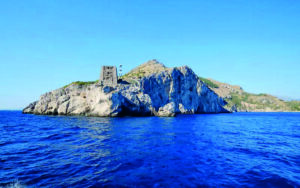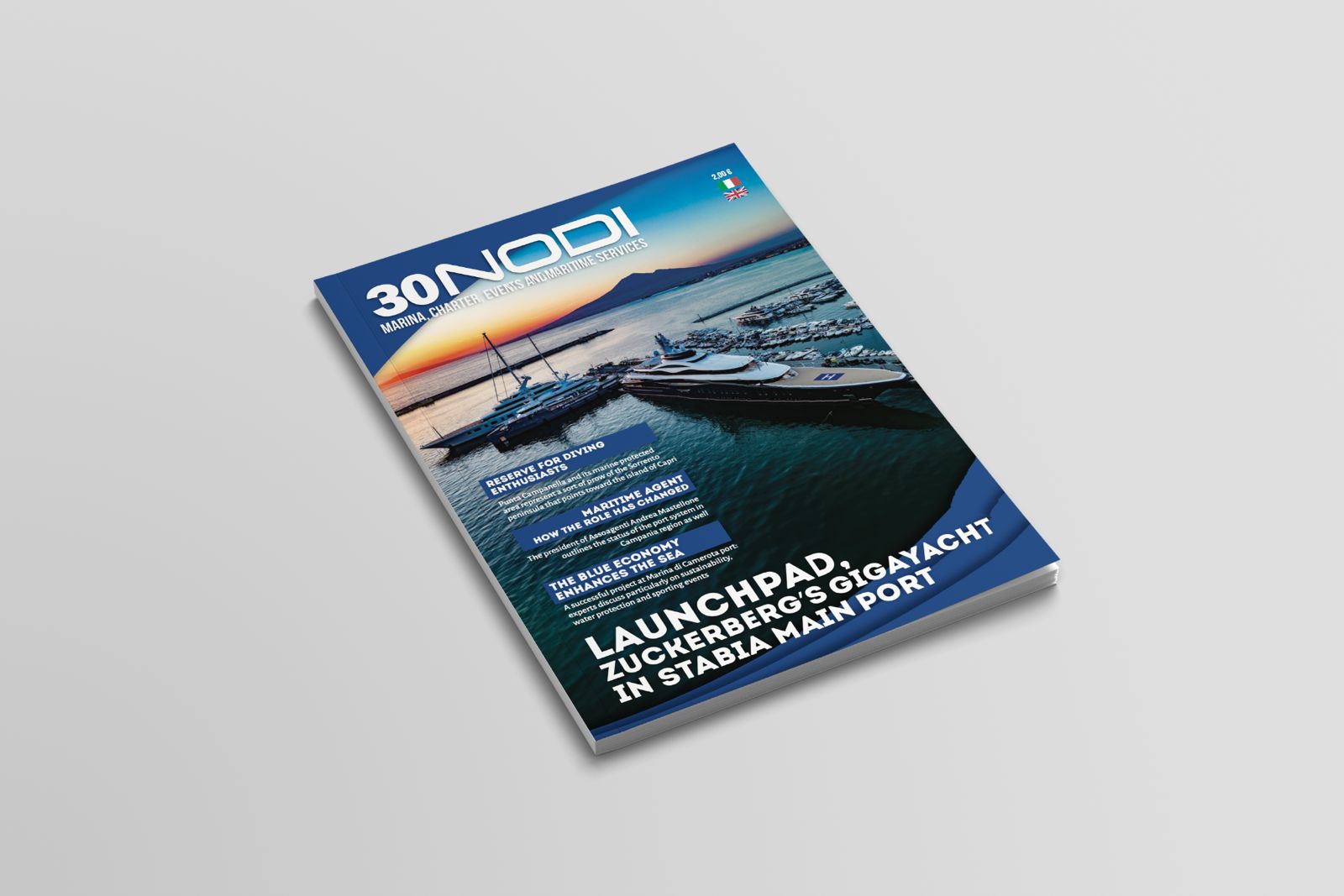 The Punta Campanella Marine Protected Area, established in 1997, is located at the southwestern tip of the Sorrentine Peninsula, separating the Gulf of Naples from the Gulf of Salerno. It covers approx-imately 1,500 hectares and protects about 40 kilometres of coastline between the municipalities of Massa Lubrense and Positano.
The Punta Campanella Marine Protected Area, established in 1997, is located at the southwestern tip of the Sorrentine Peninsula, separating the Gulf of Naples from the Gulf of Salerno. It covers approx-imately 1,500 hectares and protects about 40 kilometres of coastline between the municipalities of Massa Lubrense and Positano.
The reserve preserves a mosaic of marine habitats, including meadows of Posidonia oceanica, biogen-ic coral reefs, steep limestone cliffs, marine phanerogam meadows, and underwater caves, which host rich benthic communities. Notable fauna includes groupers, white seabreams, Zeus faber (John Dory fish), Trachinotus ovatus (pompano), Caretta caretta sea turtles, and occasional dolphin sightings; his-torically, the monk seal also frequented these waters.
Managed by a consortium composed of six municipalities, the MPA collaborates with research insti-tutes and NGOs for monitoring, public awareness, and the organization of guided eco-tours. The area is divided into three management categories: Zone A (integral reserve), Zone B (general reserve), and Zone C (partial reserve), each with specific regulations on fishing, anchoring, and recreational activi-ties to balance conservation and sustainable tourism.
The Punta Campanella Marine Protected Area was officially established by ministerial decree on De-cember 27, 1997, to safeguard one of the most significant coastal stretches in Italy from a landscape and biological perspective. Extending over the rocky promontory of Punta Campanella, which once housed a temple dedicated to the goddess Minerva, it includes adjacent marine and coastal environ-ments of high cultural value. It is also recognized as a “Specially Protected Area of Mediterranean Im-portance” under the Barcelona Convention.
The topography of the reserve’s seabed features steep underwater cliffs that descend to depths greater than 35 meters, interspersed with sedimentary depressions and sandy plains. The MPA is home to over 1,000 marine species, ranging from macroalgae to vertebrates. The Posidonia oceanica meadows are particularly extensive, acting as important carbon sinks and biodiversity hotspots.
Over twenty dive sites, including the famous Bay of Ieranto and the submerged caves, offer excellent visibility (20-30 meters) and opportunities for diving from easy to advanced levels. Boat and kayak excursions are available. Eco-friendly boat tours circumnavigate Punta Campanella, highlighting sea caves, hidden coves, and the lighthouse at the tip.




